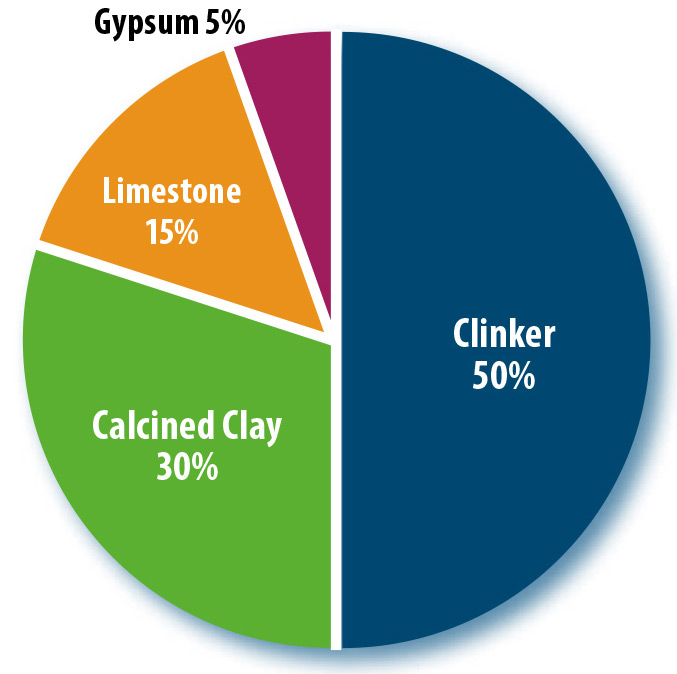Sources: Sika AG, Baar, Switzerland; CP staff
The Swiss parent company of New Jersey-based Sika Corp. will tailor a new family of concrete admixtures and cement additives around the chemistry and behavior of an emerging binder known as LC3, or Limestone Calcined Clay Cement. Through work with Sika AG and peers, Swiss Federal Institute of Technology officials view the material as a means of carbon footprint reduction by lowering the portland cement or clinker factor in concrete up to 50 percent. LC3 combines ground limestone, portland cement clinker, gypsum and metakaolin. The latter is processed from kaolinic clays, which can be calcined at half the kiln temperature of clinker and yield particles whose size, shape and reactivity prove synergistic with portland cement.
LC3 will play a significant and growing role in the concrete industry, Sika notes, and represents a great opportunity for the construction sector to adopt a carbon-wise technology rapidly and effectively. The company is gearing up for full scale testing with cement, concrete and mortar producers, formulating additives and admixtures to maintain water demand, workability, hardening and durability characteristics in line with conventional agents.
“LC3 binders have a huge potential, and with our dedicated team we are bundling technical expertise to help support and promote the[ir] widespread use,” says Sika Chief Technology Officer Frank Höfflin. “Our aim is to act as an enabler of sustainability in construction and develop more environmentally friendly and better-performing products. We are committed to maximizing the long-term benefits for our customers and other stakeholders, reducing resource consumption and the industry’s environmental impact. We are walking the talk of our sustainability strategy.”
BINDER COMPOSITION
